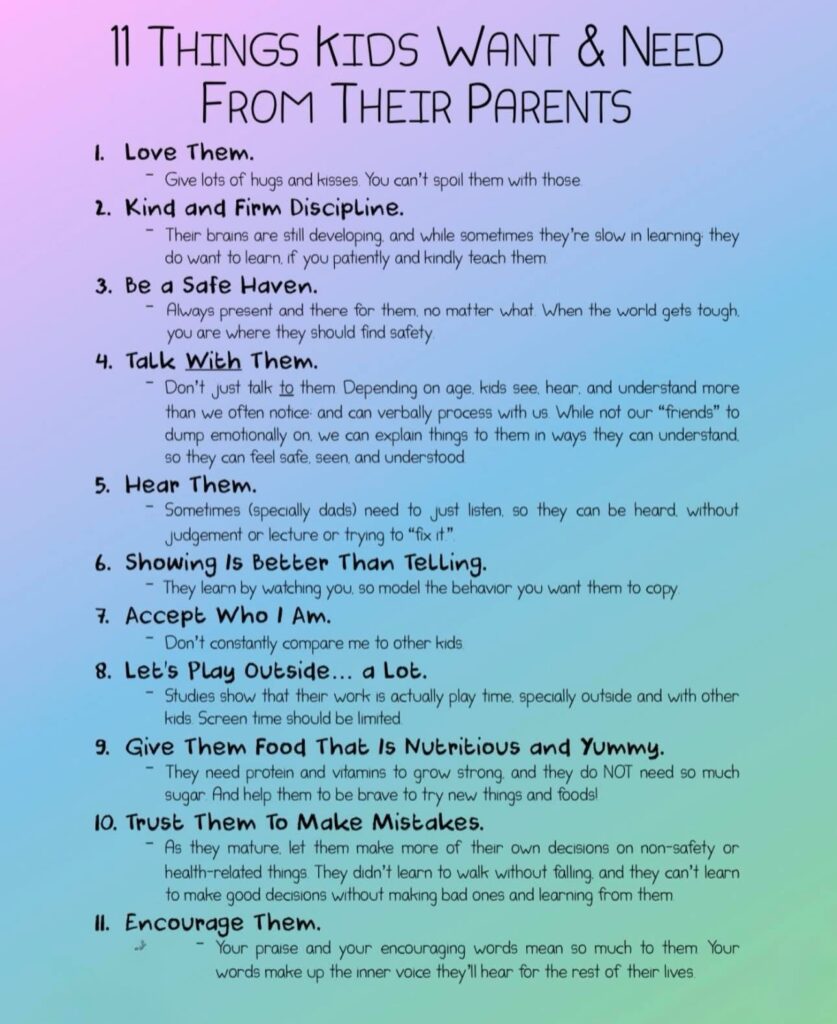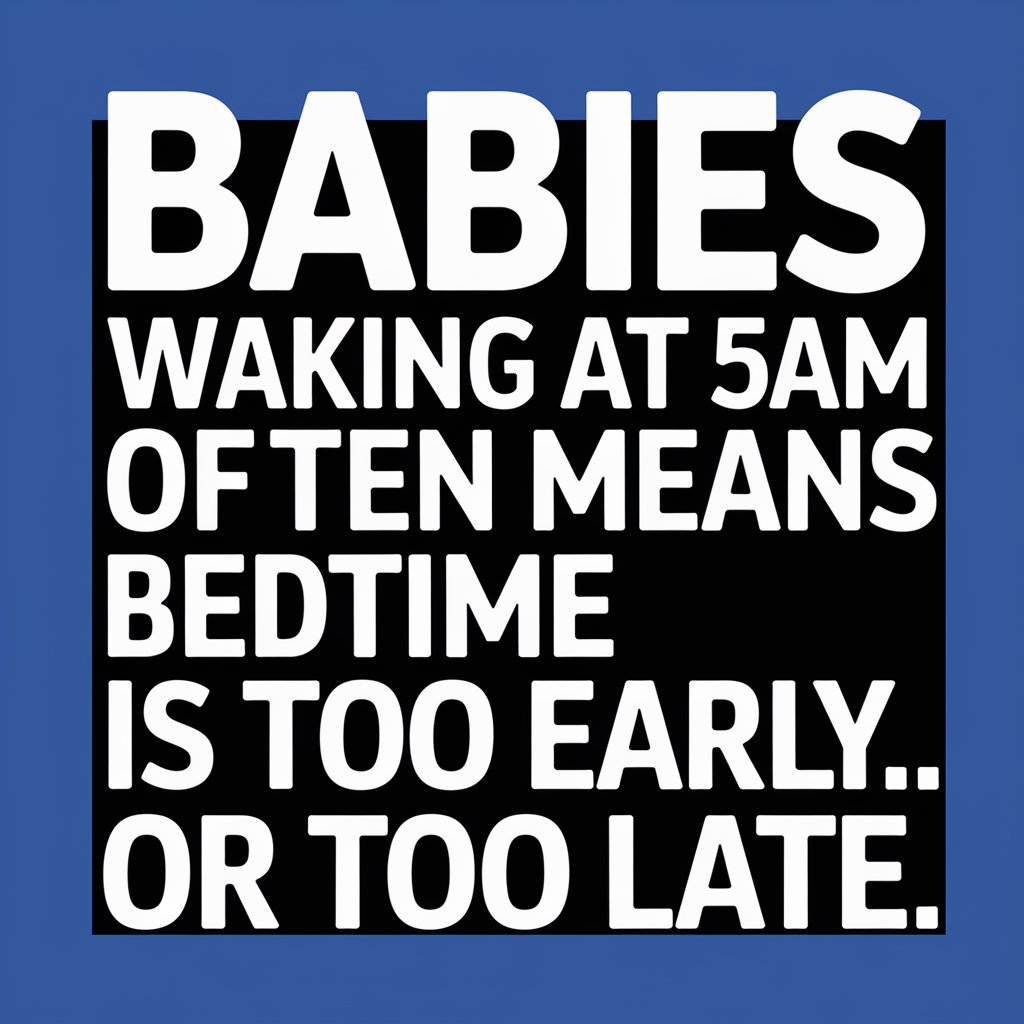As a parent, ensuring the safety and comfort of my children, especially during their sleep, is a top priority. Bed rails for kids are an essential tool in providing a secure sleeping environment as they transition from a crib to a larger bed. Let’s explore why bed rails are important and review some of the best options available on Amazon.

Why Bed Rails are Important for Kids
Preventing Falls: The primary function of bed rails is to prevent children from rolling out of bed while sleeping. This is especially important for toddlers who are still developing the ability to stay within the bed boundaries during the night.
Providing Security: Bed rails can provide a sense of security for children, making the transition to a big kid bed less intimidating. They create a cozy, enclosed space that can help children feel more comfortable and secure.
Peace of Mind for Parents: Knowing that your child is safe from falling out of bed can give you peace of mind. This is especially important for parents who might be transitioning their child to their own room.
Top Bed Rail Picks for Your Child
Regalo Swing Down Bed Rail Guard: View on Amazon. This bed rail features a swing-down design, making it easy to access the bed for sheet changes or comforting your child. Its reinforced anchor safety system ensures the rail stays securely in place.
Y-STOP Bed Rail for Toddlers: Check it out here. This sturdy crib rail guard is designed for toddlers, providing a safe barrier without compromising comfort. Its white color blends seamlessly with most bedroom decors.
BANBALOO Bed Bumper for Toddlers: Available on Amazon. Ideal for queen, king, twin, and full-size beds, this foam bumper offers a softer alternative to traditional bed rails. It’s easy to install and perfect for toddlers who need a gentle barrier.
hiccapop Toddler Bed Rail Bumper: Find it here. This foam safety bed guard provides a safe and comfortable barrier for toddlers. It’s suitable for twin, queen, and king beds and is a great portable option for travel.
FAMILL Bed Rails for Toddlers: See it on Amazon. This extra-long bed rail offers extended protection for toddlers in larger beds. Its sturdy construction and ease of installation make it a reliable choice for parents.

Understanding the Different Types of Bed Rails for Kids
When it comes to ensuring a safe sleeping environment for our children, choosing the right type of bed rail is crucial. Each type of bed rail serves a specific purpose and comes with its own set of advantages and disadvantages. Let’s explore the various types of bed rails available and understand which might be the best fit for your child’s needs.
Swing-Down Bed Rails
Example: Regalo Swing Down Bed Rail Guard
Pros:
- Accessibility: Swing-down rails can be easily lowered, making it convenient for bed-making and bedtime stories.
- Security: They lock securely in the upright position, providing a safe barrier during sleep.
Cons:
- Space Requirements: They require space beside the bed to swing down fully.
- Complexity in Use: Younger children might find it difficult to operate the swing-down mechanism.
Best For: Older children who can understand the mechanism; parents who prioritize ease of access to the bed.
Fixed Bed Rails
Pros:
- Sturdiness: These rails are fixed in place, offering a stable and secure barrier.
- Simplicity: No moving parts, making them easy to use and maintain.
Cons:
- Less Flexible: Not as easy to access the bed for changing sheets or comforting the child.
- Installation: Can be more challenging to install than other types.
Best For: Younger children or those who need a simple, sturdy barrier throughout the night.
Foam Bumpers
Example: BANBALOO Bed Bumper for Toddlers
Pros:
- Soft Barrier: Less intrusive and softer than traditional rails, providing a gentle reminder of bed boundaries.
- Portability: Easy to move and use in different settings, such as travel.
Cons:
- Less Secure: May not be suitable for very active sleepers who might roll over the bumper.
- Aesthetics: Some parents might prefer the look of traditional rails.
Best For: Toddlers transitioning from a crib; families who travel frequently.
Portable Bed Rails
Example: hiccapop Toddler Bed Rail Bumper
Pros:
- Travel-Friendly: Ideal for vacations or overnight stays at grandparents’ homes.
- Ease of Installation: Typically require no tools and can be set up quickly.
Cons:
- Variable Stability: May not be as stable as fixed bed rails.
- Compatibility: May not fit all bed types, especially larger sizes.
Best For: Families on the go; temporary use in different sleeping environments.

Installation and Maintenance Tips for Kids’ Bed Rails
Ensuring the safety and effectiveness of bed rails for kids goes beyond just selecting the right type. Proper installation and regular maintenance are key. Here are some detailed instructions and tips to help you install and maintain various types of bed rails effectively.
Installation Tips
1. Read the Instructions Carefully: Before installing any bed rail, thoroughly read the manufacturer’s instructions. Each model may have specific requirements or steps that are crucial for safe installation.
2. Check Compatibility: Ensure the bed rail is compatible with your child’s bed in terms of size and design. Some rails are designed for use with specific types of beds (like box springs or slatted frames).
3. Securely Attach the Rails: For fixed and swing-down bed rails, make sure they are securely attached to the bed frame. There should be no gaps between the mattress and the rail where a child could potentially get stuck.
4. Test Stability: After installation, give the bed rail a firm shake to test its stability. It should not wobble or dislodge easily.
5. Positioning: Place the bed rail in a way that it covers the necessary length of the bed, especially for active sleepers who move a lot during the night.
Maintenance and Cleaning Tips
1. Regular Checks: Periodically check the bed rail for any loose parts, wear and tear, or damage. Tighten any loose fittings and replace parts if necessary.
2. Cleaning: Clean the bed rail according to the manufacturer’s instructions. For metal or plastic rails, a damp cloth with mild soap usually suffices. Avoid harsh chemicals that could weaken the materials or be harmful to your child.
3. Fabric Covers: If the bed rail has a fabric cover, such as some foam bumpers, check if it’s machine washable for easy cleaning. Regular washing will keep it hygienic and free from dust mites.
4. Monitor for Signs of Wear: Over time, bed rails can experience wear and tear. Regularly inspect for any signs of damage and replace the bed rail if it’s no longer structurally sound.
5. Storage: When not in use, store the bed rail in a dry place to prevent mold or mildew. For foldable or portable models, ensure they are properly collapsed and stored to maintain their shape and functionality.
Transitioning from Crib to Bed: The Role of Bed Rails in a Smooth Transition
Transitioning a child from a crib to a regular bed is a significant milestone in both the child’s and the parents’ lives. It marks a step towards independence but can also bring challenges, particularly when it comes to ensuring a safe sleeping environment. Bed rails play a crucial role in this transition, providing safety and comfort for the child and peace of mind for the parents.
The Importance of Bed Rails During Transition
Safety Assurance: The primary concern when moving a child to a regular bed is the risk of falling out. Bed rails act as a protective barrier, preventing falls and injuries during the night.
Familiar Boundaries: In a crib, children are used to the confines of the space. Bed rails provide a similar boundary in a regular bed, which can be comforting for a child who might feel overwhelmed by the newfound freedom of a larger bed.
Gradual Adjustment: The transition from crib to bed can be daunting for some children. Bed rails offer a sense of security, making this change less intimidating and more inviting.
Choosing the Right Bed Rail
When selecting a bed rail for this transition, consider the child’s age, size, and mobility. For very active sleepers, a sturdy fixed bed rail or a swing-down model like the Regalo Swing Down Bed Rail Guard can be ideal. For toddlers who need a softer barrier, foam bumpers like the BANBALOO Bed Bumper for Toddlers or the hiccapop Toddler Bed Rail Bumper are excellent choices.
Tips for a Smooth Transition
- Involve Your Child: Let your child be part of the process. Allow them to pick out their bed or bedding to make them feel more excited about the transition.
- Maintain Routine: Keep your bedtime routine consistent. Familiar routines can help ease the transition and provide comfort in the new sleeping arrangement.
- Positive Reinforcement: Encourage and praise your child for sleeping in their new bed. Positive reinforcement can make them feel proud of this big step.
- Patience is Key: Be patient and understanding. Some children may take longer to adjust to the change.
Relevant Articles from Life With Kids Blog
For more insights and tips on parenting and child development, you might find these articles from Life With Kids Blog helpful:
- Understanding Toddler Behavior: A Parent’s Perspective: This article offers valuable insights into the minds of toddlers, which can be useful when managing the transition from crib to bed.
- Best Piggy Banks for Kids: Teaching Financial Responsibility and Fun Savings: Learn about teaching financial responsibility to kids, a skill as crucial as ensuring their physical safety.
Transitioning from a crib to a bed is a significant step in a child’s development. By choosing the right bed rail and employing patience and understanding, parents can make this transition smooth and less intimidating, ensuring their child feels safe and secure in their new sleeping environment.
As an Amazon Associate we earn from qualifying purchases through some links in our articles.



